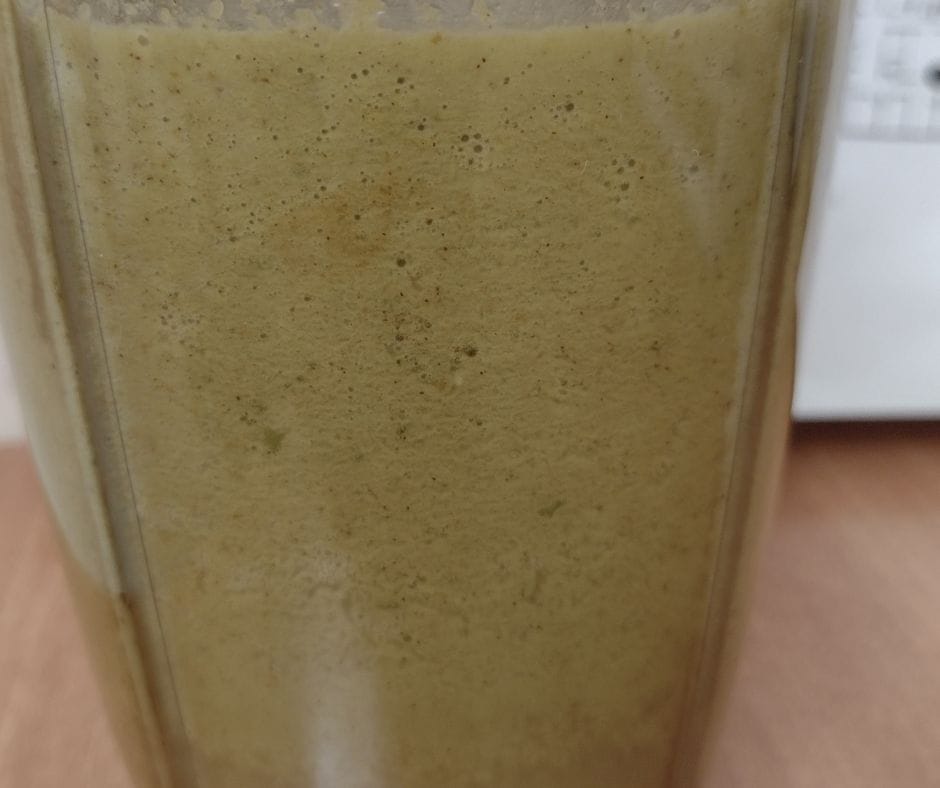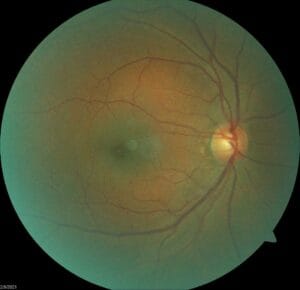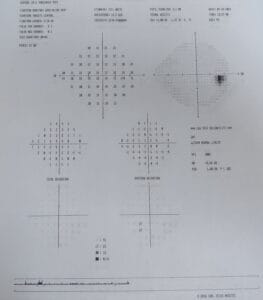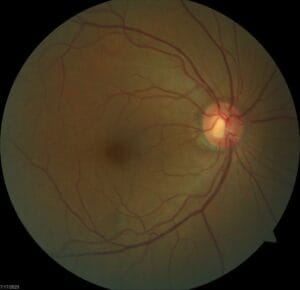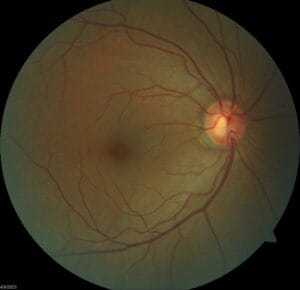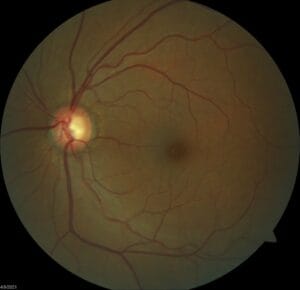So I was speaking to my students recently about how a lot of the kids we see at this clinic are amblyopic and that they don’t see a lot of normal kids. I agreed, saying we are a referral center for the kids who have failed their vision screening either at school or with their pediatrician.
Somehow after that though, we got onto the topic of the malingering patient and how they had not come across one so far. I told them the stories of two of my patients who I remember to this day because of their stories..
My first patient was a 6 year old black male that I was seeing as a fourth year student at Bascom Palmer Eye Institute. The kid seemed like he was in good spirits and was enthusiastic to participate, but had come in because he had failed a vision screening. Throughout my testing, I had no idea what was going on for the first couple minutes because none of the letters he said for his vision check in the distance or near matched anything on the charts I had. When I did retinoscopy, I found a tiny amount of hyperopia, but nothing that matched his really reduced visual acuity. He did well on his color vision though, stereo was great, there was no strabismus on cover test, and his ocular health was completely normal.
I checked his VAs again after I dilated and confirmed that on a wet retinoscopy there was no sudden change in his prescription. I finally figured it out – every letter he saw on the chart, he added one more letter to it. For example, an A became a B. The O became a P.
It hit me that I had a brilliant kid in front of me who was so happy to have this attention on him – but I was the only one paying attention. His mom was in the room fussing with a newborn sibling and his father was in and out of the room on his phone the entire time.
I told the attending doctor that the child was fine but there was some social stuff going on that probably needed to be addressed. He comes in and tells the parents that the child is normal and doesn’t need glasses and sends them on their way.
My other story is about a girl, I think she was 8 or 9 years old, who came in and was literally bouncing off the walls the entire time she was here. She could barely stay focused to do VAs, asked about every little test, every little bit of equipment, wanted to touch everything – you know this patient, right?
She’s in the exam with her grandmother and from what testing I could do, this girl had maybe a +0.75 or +1.00 prescription. The grandmother had come in because she wanted to make sure the patient didn’t need a glasses prescription but that she had no other concerns.
After confirming that the prescription also did not change after dilation and her eyes were healthy, I spoke with the grandmother in the waiting room and let her know my findings. I also asked if the granddaughter had always been like this personality-wise, jut to see if they needed to be connected with other resources for behavioral issues.
The grandmother confided that the child’s mother had been murdered just a month or two prior and everything had been stressful what with court stuff and all. She was grateful I could confirm that nothing was wrong with the child and we agreed that it wouldn’t hurt to give her a mild prescription to see if it would help her focus with her homework at least and just see how things go.
My heart broke with each of these patients who were obviously going through huge family changes and were reacting the only way they knew how. That being said, I knew I had a job to do, to make sure these kids’ eyes were healthy and to make sure they had the right prescription if needed. Outside of that, it was my place to be a listening and open ear to a grandmother worried about her granddaughter and a nice doctor who could spend some quality time with a child and pay attention to them when no one else could.
Be patient with these individuals. They may be some of the most frustrating exams ever, but there is a reason for their ‘acting up’. It’s our job to find out why and see how we can support them.
What’s your story with malingering patients? Care to share here?
